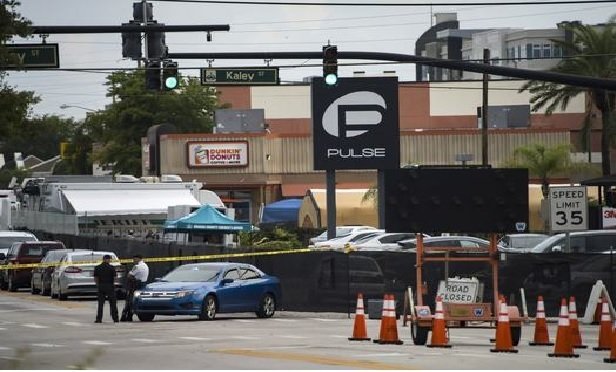 Scene of the Pulse nightclub shooting. Negligent security cases typically involve violent crimes and oversized jury awards. (Photo: Neville Elder/Shutterstock.com)
Scene of the Pulse nightclub shooting. Negligent security cases typically involve violent crimes and oversized jury awards. (Photo: Neville Elder/Shutterstock.com)
Out of the countless number of negligent security cases filed each year, only a handful of those matters ever go to trial. Most cases settle out of court, and the outcomes go unreported. However, the legal costs involved in the discovery and settlement process continue to rise, and the payouts to claimants are often substantial.
Recommended For You
Want to continue reading?
Become a Free PropertyCasualty360 Digital Reader
Your access to unlimited PropertyCasualty360 content isn’t changing.
Once you are an ALM digital member, you’ll receive:
- Breaking insurance news and analysis, on-site and via our newsletters and custom alerts
- Weekly Insurance Speak podcast featuring exclusive interviews with industry leaders
- Educational webcasts, white papers, and ebooks from industry thought leaders
- Critical converage of the employee benefits and financial advisory markets on our other ALM sites, BenefitsPRO and ThinkAdvisor
Already have an account? Sign In Now

